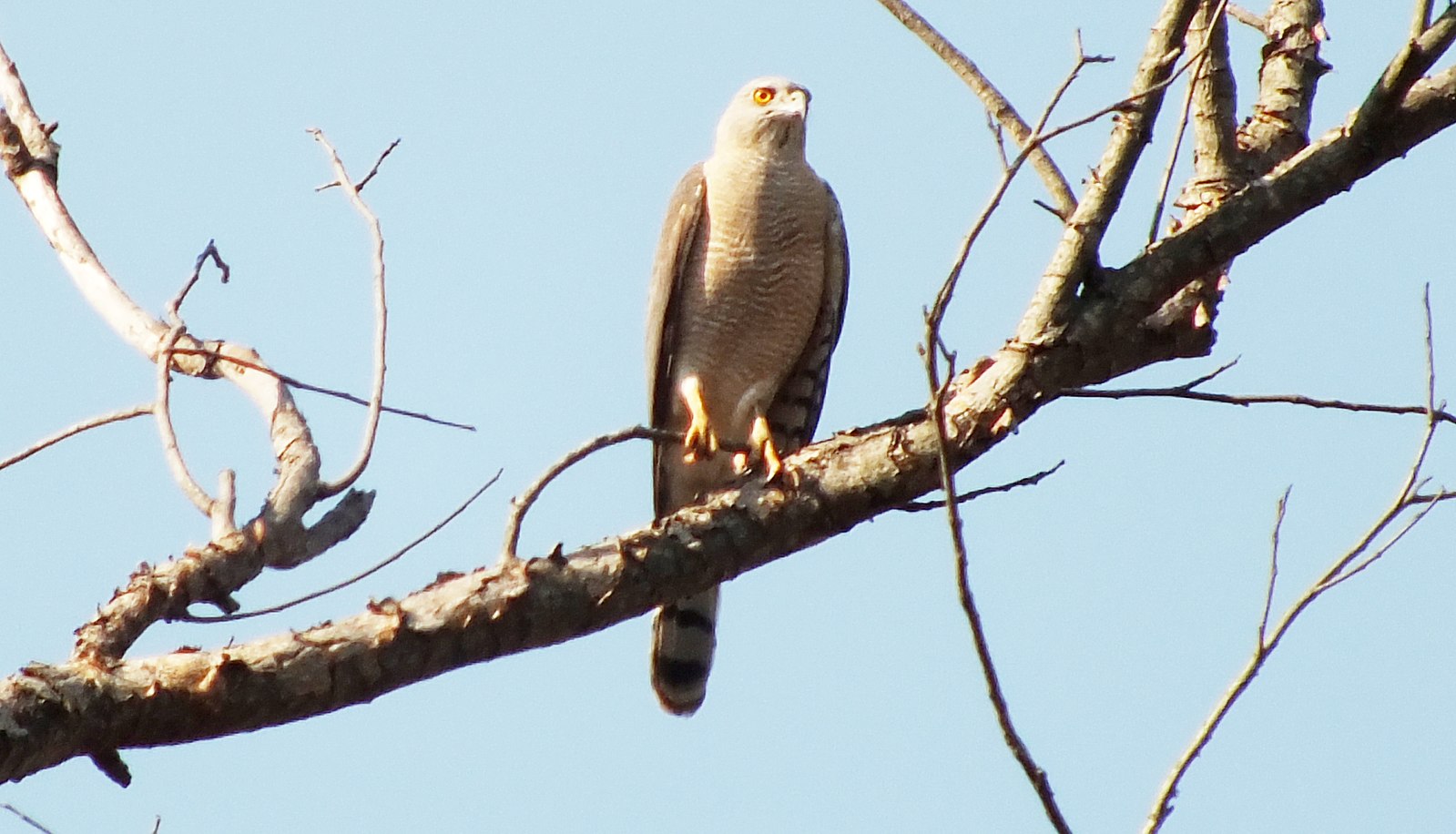Shikras, also known as the little banded goshawk or Indian sparrowhawk, are small birds of prey that are found in Asia and Africa. During the winter months, these skilled hunters adapt their diet to the availability of prey in their environment.
The Diverse Diet of Shikras in Winter
Shikras are opportunistic hunters, and their winter diet reflects the abundance of different prey species. While their primary prey may vary depending on their location, shikras are known to feed on a wide range of small animals, including:
-
Rodents: Shikras may target small rodents such as mice, rats, and squirrels, which are often more abundant in urban areas during the colder months.
-
Birds: Shikras are known to hunt smaller birds, such as sparrows, pigeons, and fledglings, which may be more easily accessible in winter.
-
Reptiles: Lizards and small snakes can also be part of a shikra’s winter diet, especially in areas with milder climates.
-
Amphibians: Frogs and other small amphibians may be targeted by shikras, particularly in areas with wetlands or water sources.
-
Insects: Dragonflies and other flying insects can also be a source of food for shikras during the winter season.
Adaptations for Winter Hunting
 Image source: SHIKRA by Shiv’s fotografia
Image source: SHIKRA by Shiv’s fotografia
Shikras are well-equipped to handle the challenges of hunting in the winter. Their short wings and long tails allow for exceptional maneuverability, enabling them to quickly catch their prey. Additionally, their keen eyesight and sharp talons make them skilled predators, even in the face of changing weather conditions.
Shikras in Urban Environments
In some regions, shikras may be more commonly found in urban areas during the winter months. This is likely due to the availability of prey, such as pigeons and sparrows, as well as the presence of sheltered areas that provide protection from the elements.
Breeding and Parenting Behaviors
Shikras are resident breeders in their native ranges, and they typically lay between 3 and 7 eggs during the breeding season. Both the male and female shikras play an active role in incubating the eggs and caring for the chicks once they hatch, ensuring their survival during the winter months.
Vocalizations and Communication
Shikras are known to be quite vocal, with a sharp, two-toned call that is often imitated by other bird species, such as drongos. These calls are used for a variety of purposes, including attracting mates and communicating with other members of the species.
In conclusion, shikras are adaptable and opportunistic hunters that adjust their diet to the availability of prey during the winter months. Their diverse feeding habits, specialized hunting skills, and parenting behaviors allow them to thrive in a variety of environments, including urban areas.
References:
– Rehabilitation and Care of Budgerigars
– Shikra Ecology and Behavior
– Shikra: The Ultimate Guide
– Squirrel Rehabilitation
– Palm Squirrel Rehabilitation


